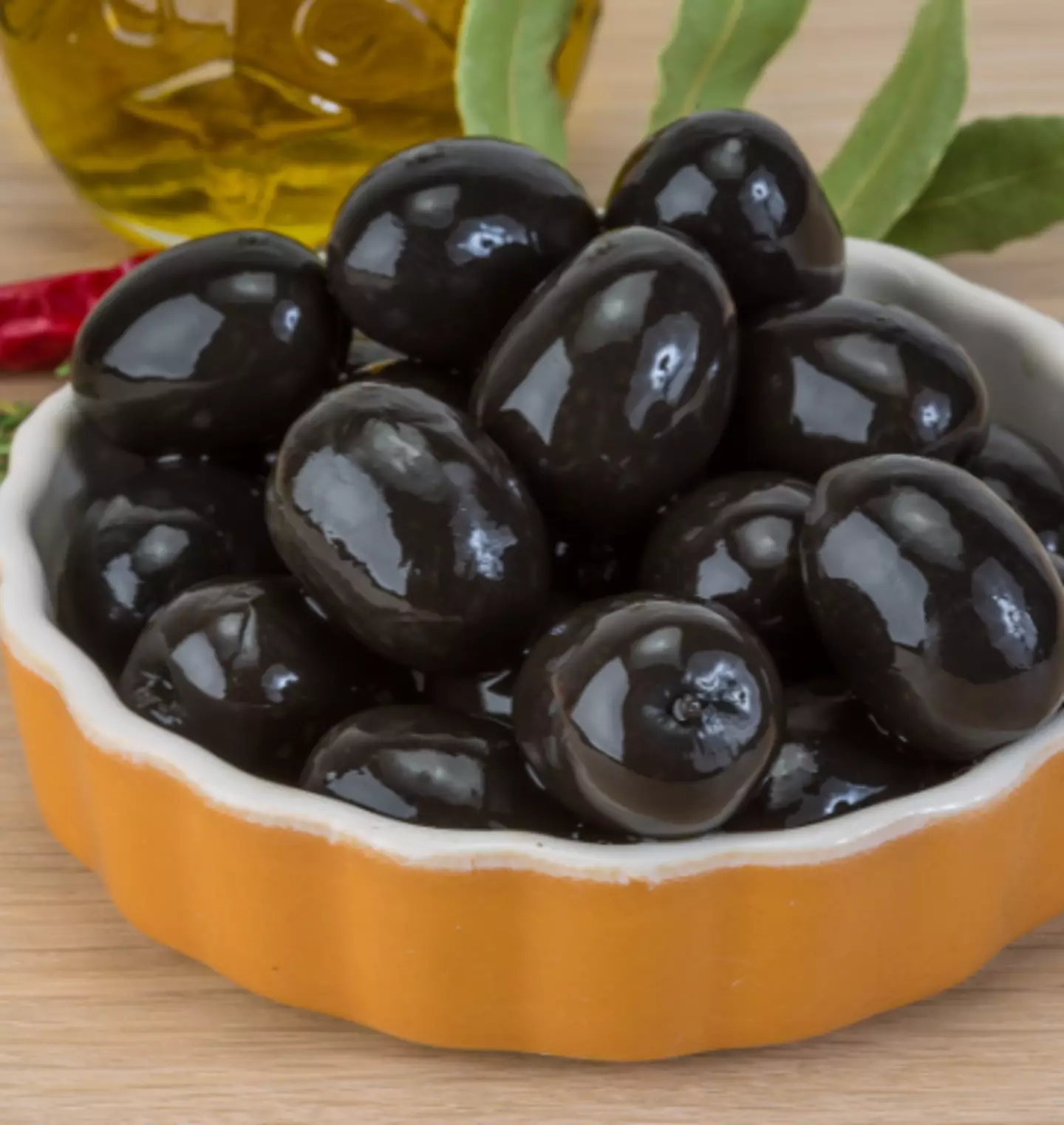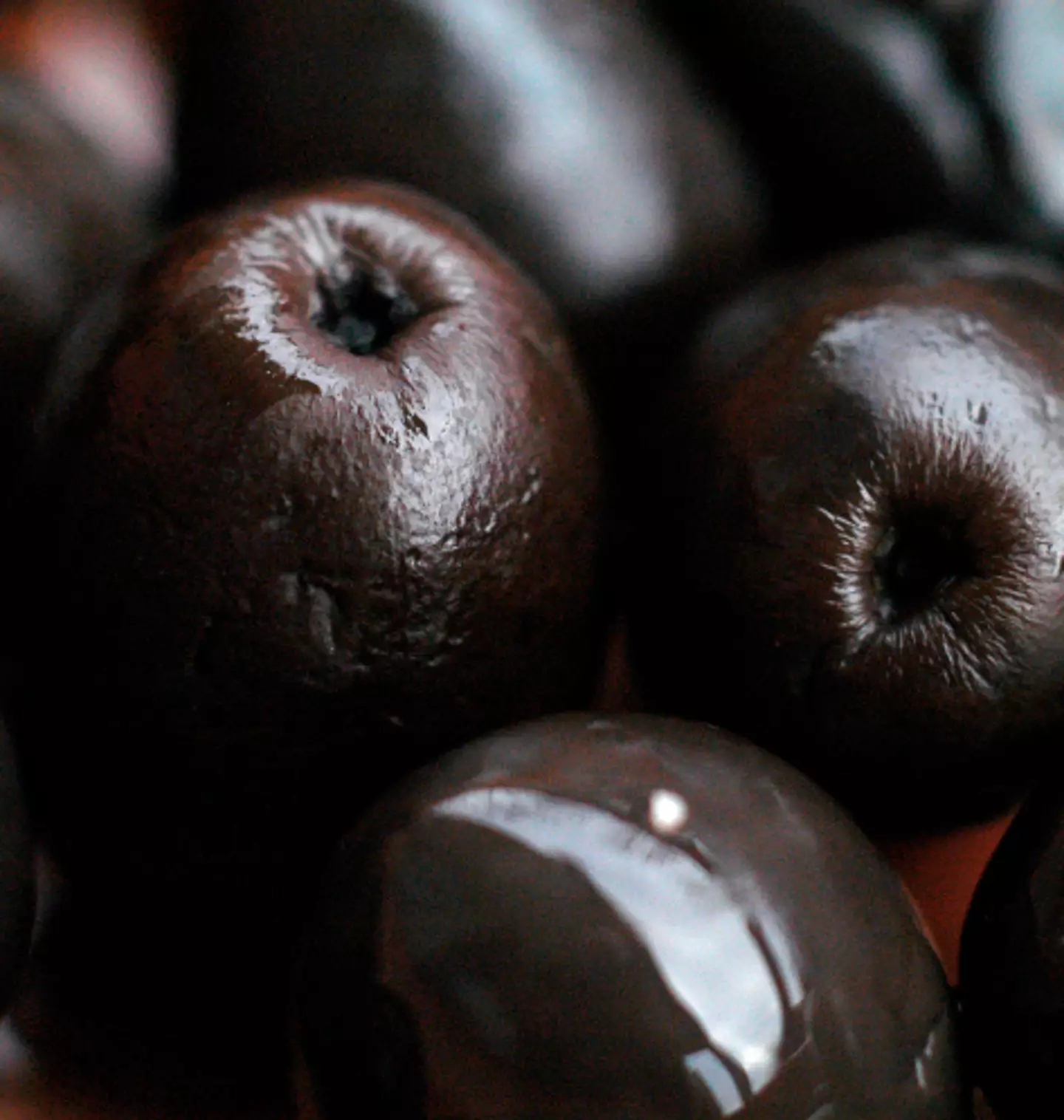
Olives are seriously horrible to eat - that's if they are fresh.
If you went and grabbed a ripe olive off a sun-warmed tree, the bitterness would dry up your mouth instantly.
When first discovered, the only reason why we continued to stick it out with the olive tree is because of olive oil.
Advert
After removing the stone, you're left with a fleshy outer layer, which contains about 30 percent oil, which has since been used in the eastern Mediterranean, where people have been grinding olives to make olive oil for food for the last 8,000 years or so.

Even the original Olympic torch at the 1936 Berlin Summer Olympics burned olive oil.
Now, according to food writer Harold McGee, it was the Romans who were responsible for coming up with the idea of using an effective technique to put olives on the dinner table.
Advert
People realised that the olive could be debittered by soaking them in repeated changes of water, which took many months.
This technique was later improved by fermenting the olives in brine, which was slightly quicker than water.
But the Romans found that supplementing the brine with lye from wood ashes (sodium hydroxide) was a much quicker alternative, and took hours instead of days.
With regards to olive colour, there are over 2,000 variants of mostly green and black.
Advert
However, the difference is that green olives are picked green and are then unripened, then cured.
These are often referred to as Spanish olives.
Whereas tree-ripened olives, which are left to themselves, turn purple.

Yet according to Olive Oil Source, black olives, which are labeled as 'ripe' on cans are actually not black.
Advert
Instead they are cured in an alkaline solution, treated with oxygen and an iron compound, which turns their skins into a shiny black.
The website states: "'Ripe Black Olives' in a can are actually olives which are neither black nor ripe when they are picked.
"They are picked very green and then cured using dilute brine and lye solutions.
"Lye treatments cause natural phenolic compounds in the olives to oxidise to a black colour.
Advert
"Calcium chloride salts, iron salts (ferrous gluconate) and compressed air bubbled through the curing vats help develop the black colour.
"Home curing of olives without these added salts will result in mottled and brownish olives which taste just as good but are not as attractive."
Featured Image Credit: Getty Stock ImagesTopics: Food And Drink, Weird